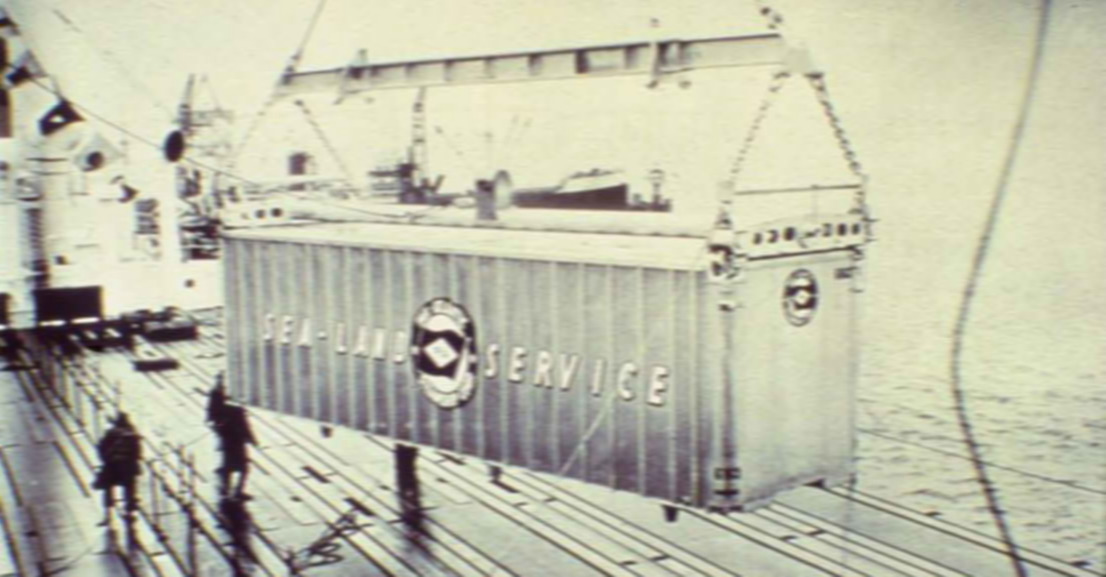
The freight forwarding industry is at a technological inflection point, where many manual routines and operations are not only being digitized, they’re jumping to full AI-automation. In large part, this is due to mounting pressure from other connected industries to play catch-up with their digital transformations. That $4 billion referenced in the title? That’s the estimated amount spent per year on paper-based document processing, taking into account errors, delays, and manual processing costs.
Forwarders who fail to adapt and keep up with this transformation risk losing their competitive advantage in an industry where leaders overwhelmingly (to the tune of 75%) believe organizations who don’t build their digital capabilities are endangering their businesses. This risk comes from both partner firms who are already digital, and from customers who often demand a level of technology adoption that matches their own. In fact, one recent survey found that 67% of consumers stop doing business with a brand after a single bad customer experience (ie, no shipment tracking, lost package, etc).
A foundational piece of the digital puzzle for freight forwarders is document ingestion and handling. Machine learning (ML) and the artificial intelligence (AI)-powered tools built on it can eliminate the need for much of the rote, repetitive, and error-laden workflows—leaving employees free to take on higher-level, more strategic projects.
The true cost of manual document ingestion
The intelligent document processing market is expanding at an impressive 33.1% compounded annual growth rate, from $2.3 billion in 2024 to an estimated $12.35 billion by 2030. That kind of growth curve is a clear indicator of the need for automated solutions that can handle the specific levels of complexity inherent in freight documentation. Manual document intake and processing incur costs beyond the labor involved. Research recently found that freight documentation errors occur in 5% - 6% of invoices. Multiply that out by the number of invoices a single freight forwarder handles in a month and you can see where this trend is leading.
In addition to manual processing errors, there are penalties applied when compliance is involved. Modern freight forwarding operates inside a complex web of compliance regulations and frameworks that differ from port to port and country to country. Each jurisdiction requires its own set of document formats, accurate commodity descriptions, and precise valuations. A single misclassified item or transposed number in a Harmonized System (HS) code can trigger additional customs inspections and demurrage fees while the shipment is stuck at port.
The complexities and associated costs multiply further when you take into account that 32% of shipping delays are due to HS code errors, 28% from commercial invoice discrepancies, and 17% from missing certifications.
Then there’s the customer experience damage that can be incurred when shipments are delayed, missing, or untraceable. It’s estimated that a full two-thirds of freight customers consider speed just as important as cost, so you can see why the ability to process documentation quickly AND accurately is becoming a competitive differentiator. Automation enables real-time status updates, proactive exception notifications, and transparency throughout the shipping process.
From reactive to proactive: The paperwork revolution
Predictive analytics is another name given to many implementations of AI in business. In terms of freight forwarding and document ingestion, think of this as “instant detection” since it’s AI-powered automation that can flag missing documents or incorrectly entered fields the instant they hit the customer’s inbox.
Beyond such real-time exception handling:
- AI systems can analyze historical data to predict a customer’s clearance times and potential delay hazards from the patterns it identifies.
- AI-enabled proactive monitoring is up to 2.5 times more effective than the old reactive model.
- Demand forecasting powered by AI models is already helping many carriers optimize capacity allocation.
The proactive approach enabled by AI agents and automation platforms allows for real-time risk assessment to identify potential compliance issues before they occur (and incur penalties). Automated alert systems provide advanced warnings of impending disruptions, and predictive maintenance for document processing workflows and tech stacks reduces system downtime.
All of this is enabled by technology like Internet of Things (IoT) sensors that provide the granular shipment data needed to power predictive models, ML algorithms that improve forecasting accuracy with every document added to their data set, and the ability to easily integrate with existing customer systems to allow for proactive compliance management.
The technology that’s enabling this digital transformation of freight document handling
While we’re talking about tech, AI-powered document processing goes far beyond the optical character recognition (OCR) of even just a few years ago. Current systems combine ML and natural language processing (NLP) to understand context, extract relevant information (in multiple languages), and validate data across document types and business systems.
These systems excel at handling the variability inherent in international shipping documents. For example, when processing a commercial invoice from an overseas manufacturer, AI can recognize descriptions written in multiple languages, convert currencies based on up-to-the-minute exchange rates, and auto-populate fields in customs declarations. This ability to understand context is representative of the major shift from rule-based processing to intelligent automation.
Real-time ROI: The full impact of intelligent document automation
You should already be tracking financial metrics, so let’s look at some of the more intractable metrics that can improve overall business performance when you automate document handling.
- Processing speed: Documents that previously required 48-72 hours can be completed in 12-18 hours.
- Error rates: Reduction from the above-mentioned 5%-6% to near-zero with automated data validation.
- Compliance scores: Dramatic improvement in regulatory adherence and audit performance.
A particularly difficult-to-quantify, yet no less crucial metric is customer satisfaction:
- Real-time document processing enables proactive customer communication.
- Improved accuracy reduces customer disputes and mitigates potential relationship and reputational damage.
- Enhanced visibility allows customers to track their documents through end-to-end processing.
Reform has several customer case studies that go deeper into the ROI of automating your document ingestion with our platform. For example, Joffroy Global achieved an 85% reduction in commercial invoice processing time. Other customers have reported gaining over 2,000 hours per month through Reform implementation.
Documents form the foundation for processing global trade, and automated document ingestion forms the foundation for the intelligent automation of the freight forwarding industry. Reform’s AI-first approach, combined with our human-in-the-loop model, was designed specifically to address the nuances of freight forwarding workflows.
Reform recognizes the fact that a successful implementation of any automation process requires both AI capabilities and human creativity and expertise. By keeping humans in the loop, complex decisions and exception handling stay under human control while the routine tasks are automated for just the right mix of efficiency and accuracy.
Freight forwarding stands at a critical juncture where the ongoing digital transformation represents both a competitive necessity and a strategic opportunity. When you’re ready to embrace AI-automated document processing and gain all the advantages it brings, reach out to Reform’s team to see how we can help.






